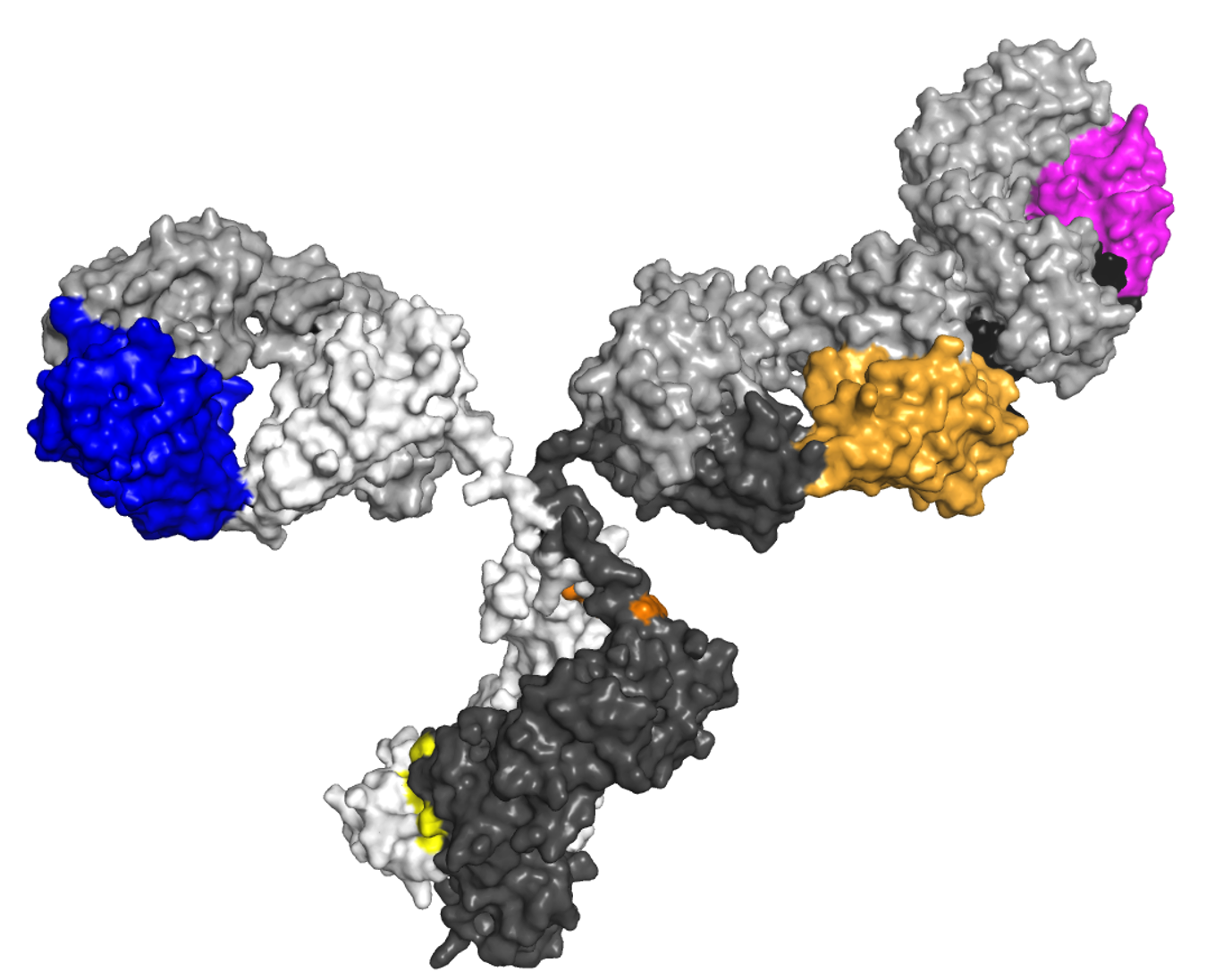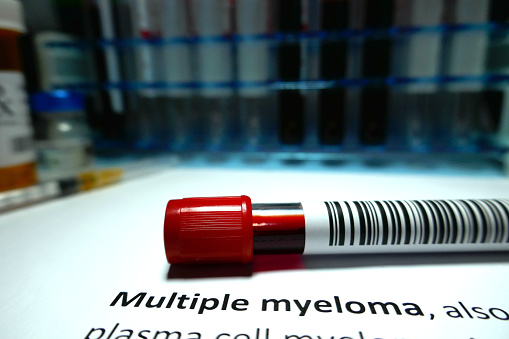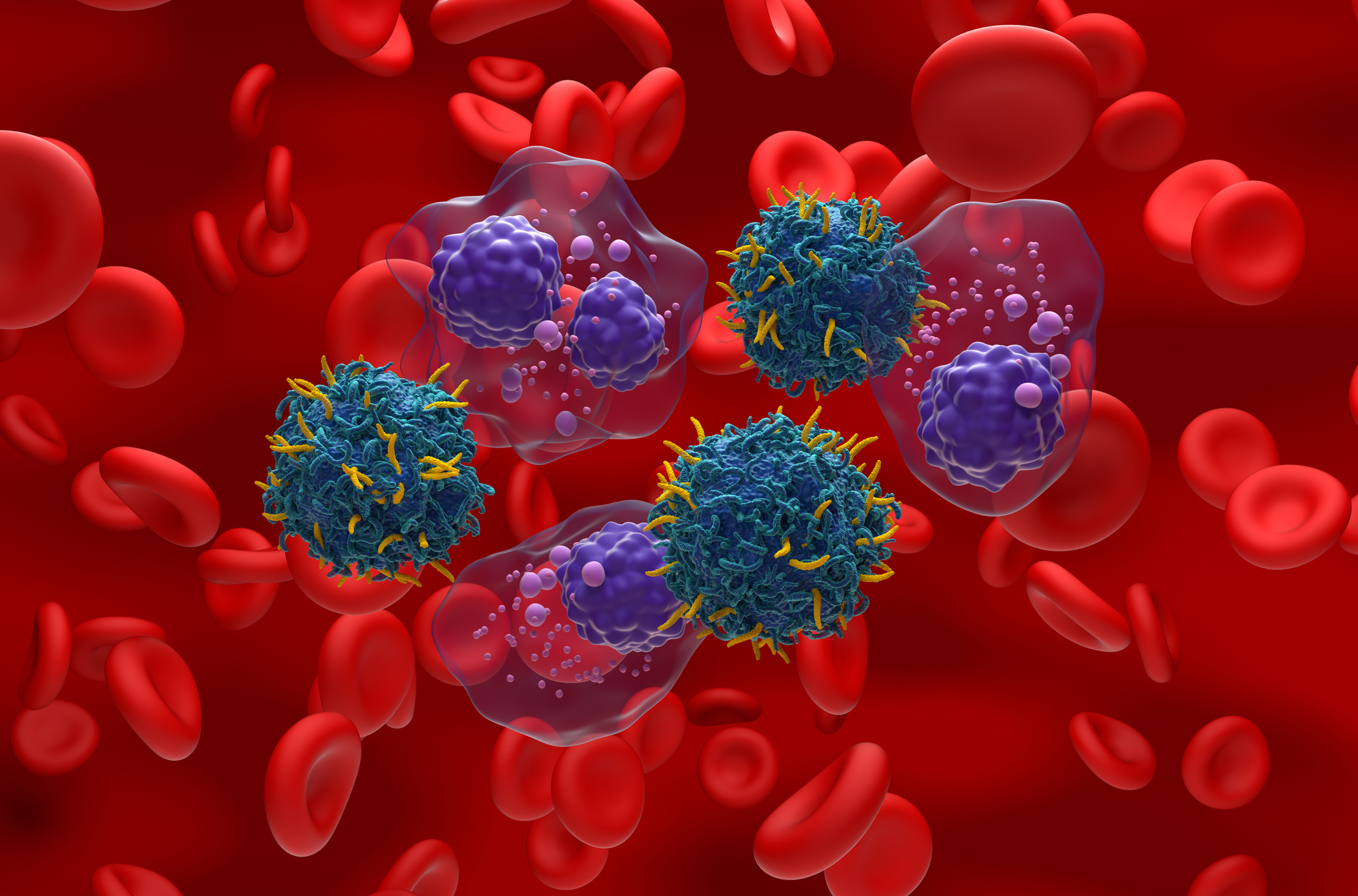
Elevated membrane expression of junctional adhesion molecule A (JAM-A) on multiple myeloma endothelial cells (MMECs) portends to poor clinical outcomes in MM, according to a study published in the journal Haematologica.
In this study, membrane and cytoplasmic JAM-A levels were increased in MMECs in 111 newly diagnosed MM (NDMM) and 201 relapsed-refractory MM (RRMM) patients. These patients were then compared to monoclonal gammopathy of undetermined significance (MGUS) and healthy controls.
According to the results, elevated membrane expression of JAM-A on MMECs predicted poor clinical outcomes. Specifically, the addition of recombinant JAM-A to MMECs amplified angiogenesis whereas its inhibition reduced angiogenesis and MM growth in 2D and 3D in vitro cell culture and chorioallantoic membrane-assays.
To confirmed the results, the investigators treated mice with MM with JAM-A blocking mAb. The results demonstrated impaired MM progression corresponding to decreased MM-related vascularity. These findings, the researchers noted, support JAM-A as an important mediator of MM progression through facilitating MM-associated angiogenesis.
“The close link between MM and the BM microenvironment appears paradigmatic for MM evolution and disease progression. We connected the interaction of MMEC with MM-cells via the adhesion molecule JAM-A,” the researchers concluded.
They added that their data “point towards a vicious cycle of JAM-A overexpression on MMEC reflected by a higher JAM-A expression on the tumoral counterpart. Shed from the cell surface, sJAM-A enhances the establishment of homophilic JAM-A complexes fostering MM niche formation. Finally, our results may lead to the development of JAM-A-based therapeutic strategies directed against MM-interactions with the tumor microenvironment (Figure 7A-D). Clearly, these findings need to be confirmed in a larger population of patients in a carefully designed, prospective, clinical study.”






 © 2025 Mashup Media, LLC, a Formedics Property. All Rights Reserved.
© 2025 Mashup Media, LLC, a Formedics Property. All Rights Reserved.